
UL 4200A-2023 Button Cell Battery GCC Certification
The most discussed and somewhat daunting issue these days pertains to the GCC certification compliance request for button cell battery products in the United States. The U.S. has always emphasized compliance documentation, requiring sellers to provide compliance request documents before being able to sell their products.
Many sellers have expressed unfamiliarity with GCC and are unsure about the specific requirements, including the need for warning labels.
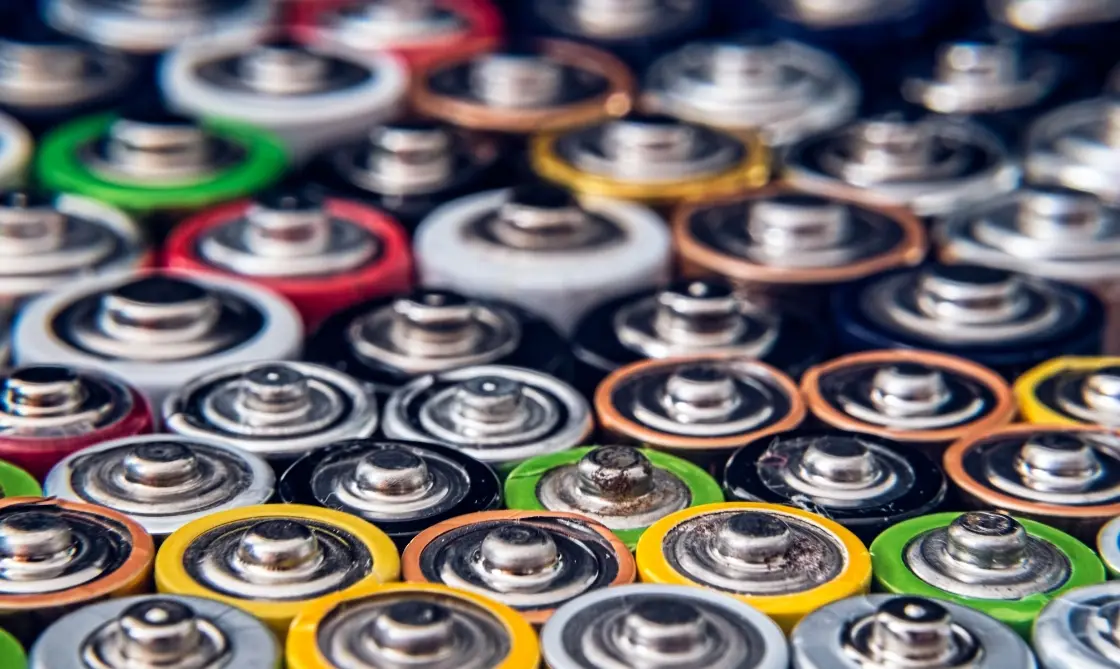
Understanding Regulations - Reese's Law Section 2
The requirement for GCC stems from a serious safety incident in the U.S. market. In 2020, a girl in Texas died after swallowing a button cell battery from a television remote control. Since then, regulatory authorities in the U.S. voted to establish new safety standards for button cell batteries.
On September 11, 2023, the CPSC voted to adopt the voluntary standard ANSI/UL 4200a-2023 (which includes safety standards for button cell batteries or products containing button cell batteries) as a mandatory consumer product safety rule under 16 CFR 1263 (excluding toys).

The CPSC has determined that the latest update of ANSI/UL 4200A, released on August 30, 2023, meets the performance and labeling requirements for consumer products containing the following materials:
- Button cell batteries or coin batteries.
Reese's Law requires the CPSC to promulgate consumer product safety standards to eliminate or sufficiently reduce the risk of injury to children under 6 years old from ingesting buttons or button cell batteries during reasonably foreseeable use or misuse.
ANSI/ul 4200a-2023 covers the following requirements:
1. Pre-processing requirements
2. Abuse testing
3. Safety testing
4. Product and packaging labeling requirements
5. Instruction manual requirements
Reese's Law and 16 cfr part 1263 cover a wide range, including consumer products with removable and non-removable button cell batteries or button cell batteries distributed in the U.S. These requirements affect any general-purpose or children's products using such batteries, including single-cell batteries with a diameter exceeding their height, or any other batteries deemed by the CPSC to pose ingestion risks (professional or commercial toys and products are exempt). Product categories include consumer electronics, information technology equipment, audio and video, durables, accessories, apparel, and footwear.
Regulatory Definitions
Button cell battery definition: "Button cell battery or button cell battery" as defined in 16 CFR part 1263 refers to single-cell batteries with a diameter greater than the battery's height. (Button lithium batteries for consumer (household) products with a diameter ≤32mm and a diameter greater than the height, but there may be additional supplemental requirements in some end-product standards.)
This rule excludes zinc-air button cell batteries or button cells from the scope of 16 CFR part 1263.
According to ansi/ul 4200a-2023, requirements for consumer products containing or designed to use button cell batteries or button cells are as follows:
- Battery compartments containing replaceable button cell batteries or button cells must be secured, requiring either tools or at least two independent and simultaneous manual actions to open, preventing easy access by young children.
- Button cell batteries or button cell battery compartments must not be exposed or released during use and abuse testing.
- The entire product packaging must include warnings.
- If feasible, the product itself must bear warnings.
- Accompanying instructions and manuals must include all applicable warnings.

Button Cell Battery or Button Cell Battery Packaging - Reese's Law Section 3
Reese's Law Section 3 requires that "any button cell battery or button cell battery used in any consumer product sold, offered for sale, manufactured for sale, distributed in commerce, or imported into the United States, or included individually in any consumer product sold, offered for sale, or manufactured for sale, must be packaged in compliance with the requirements of 16 CFR § 1700.15 (poison prevention packaging standards).
This requirement took effect on February 12, 2023.
Therefore, any regulated product manufactured or imported after February 12, 2023, must comply with this packaging requirement. Any button cell battery or button cell battery sold, manufactured for sale, imported into the United States, or included individually in consumer products must comply with the child-resistant packaging requirements of the poison prevention packaging standards.
These packaging requirements do not apply to button cell batteries or button cells manufactured or imported before February 12, 2023.
According to regulations, button cell batteries or button cell battery packaging complying with ANSI C18.3M marking and packaging requirements are not subject to the special packaging requirements of Reese's Law Section 3.
Reese's Law Section 3 requires special packaging (child-resistant and senior-friendly packaging) for button cell batteries or button cells, whether sold individually or included in consumer products.
Certification Requirements
Section 14(a) of the Consumer Product Safety Act (CPSA) requires manufacturers of consumer products subject to regulations, standards, or bans enforced by the CPSC to issue a Children's Product Certificate (CPC) or a General Certificate of Conformity (GCC) to demonstrate compliance with standard requirements.
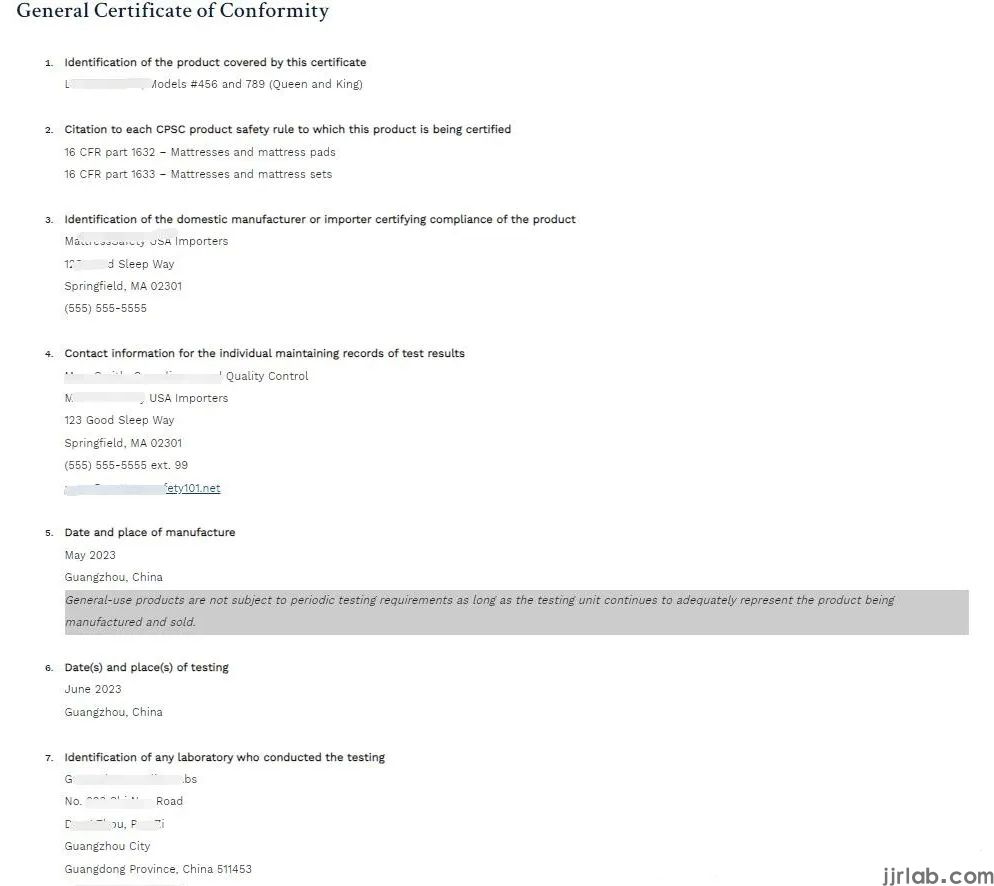
Certificates for products subject to Reese's Law Section 2 must include the citation "16 CFR § 1263.3 – Consumer products containing button cell batteries or button cells" or "16 CFR § 1263.4 – Button cell battery or button cell battery packaging labels," depending on the applicable requirements.
Certificates for products subject to Reese's Law Section 3 must include the citation "PL 117-171 § 3(a) – Button cell battery or button cell battery packaging."
Testing Requirements
1. Abuse Testing
- Portable products must withstand 3 drops, while handheld products must withstand 10 drops (each from a height of 1 meter onto a horizontal hard surface).
- Covers or doors of casings or battery compartments must undergo 3 2J impact tests.
- Rolling test: Apply a force of 330N to exposed surfaces for 10 seconds using approximately 100mm x 250mm flat.
- After A, B, C tests, apply a force of 45N for 10 seconds using test probe 11 of IEC 61032, with the battery remaining intact. During probing, the battery compartment cover and door do not need to be opened, maintaining normal function.
2. Secure Installation Testing: For the secure installation of batteries that cannot be moved or replaced by users, apply an outward force of 20N for 10 seconds using a hook; the battery must not detach.
Note that according to Reese's Law Section 3, PPPA's special packaging requirement testing does not need to be conducted by a CPSC-approved third-party laboratory. Therefore, button cell batteries or button cells packaged separately but included in children's products do not need to be tested by a CPSC-approved third-party laboratory. CPCs for such children's products must still include a reference to Reese's Law Section 3 and other applicable children's product safety rules.
Labeling Requirements
General requirements for button cell battery or coin battery packaging labels:
1. All warning statements must be clearly visible, prominent, clear, and permanently marked.
2. The color of warning statements must contrast with the background color on which they are printed.
3. Warning statements must be in English.
4. When used with a safety alert symbol (triangle exclamation mark), it must precede the signal word. The bottom of the safety alert symbol must be on the same horizontal line as the bottom of the signal word, with a height equal to or greater than the height of the signal word letters.
5. The signal word "Warning" and the safety alert symbol must be in black letters on an orange background unless conflicting with sections (1) and (2) or only one color is present, in which case, the signal word and safety alert symbol must contrast sharply with the background on which they are printed. Signal words must appear in uppercase sans-serif letters only.
6. Certain text in message panels must be in bold and uppercase, as shown in the warning label example.
7. For labels required on button cell battery and button cell battery packaging, the size of words such as signal words, hazard statements, etc., must depend on the area of the primary display panel.
Warning Label Requirements for Button Cell Battery or Button Cell Battery Packaging:
1. The main display panel of the packaging must include warning labels. The diameter of the icon must be at least 8 millimeters (0.3 inches). Text must specify the following warnings:

2. If space does not allow for the full warning label as shown in Figure 1, place the icon from Figure 2 on the main display panel, with other warning text displayed on the secondary display panel. The diameter of the icon must be at least 20 millimeters. Text must specify the following warnings, as shown in the figure.

3. Safety-related statements must be indicated on the main or secondary display panel:
(i) Store in original packaging until ready for use.
(ii) Dispose of used batteries immediately and keep them away from children. Do not dispose of batteries in household waste.
4. For button cell batteries or button cell battery packaging separated from consumer products, only section (2) applies.

Do products that can use but not sell with button cell batteries or button cells need to be labeled?
Yes, 16 CFR § 1263.3 applies to consumer products containing or designed to use button cell batteries or button cells. Products that do not come with button cell batteries but can use them also need to be labeled.
Do both child and adult tests need to be conducted?
For products subject to Reese's Law Section 3, which involves the following packaging requirements: 16 CFR §1700.15, both child and adult tests must be conducted simultaneously.
What are the certification requirements?
Manufacturers or importers of products subject to any requirements of Reese's Law must issue a Children's Product Certificate (CPC) for children's products or a General Certificate of Conformity (GCC) for general products.
What is a gcc certificate?
Unless otherwise specified in specific standards, Section 14(a) of the CPSA requires manufacturers and importers of certain general products (i.e., non-children's products) to comply with product safety rules or any other similar rules, bans, standards, or regulations under CPSC jurisdiction to prove their products' compliance with applicable product safety rules.
Must labels be in color?
Not necessarily. A color scheme referenced is only required when labels are printed in more than one color (e.g., any color other than black and white).
Email:hello@jjrlab.com
Email:hello@jjrlab.com
Write your message here and send it to us
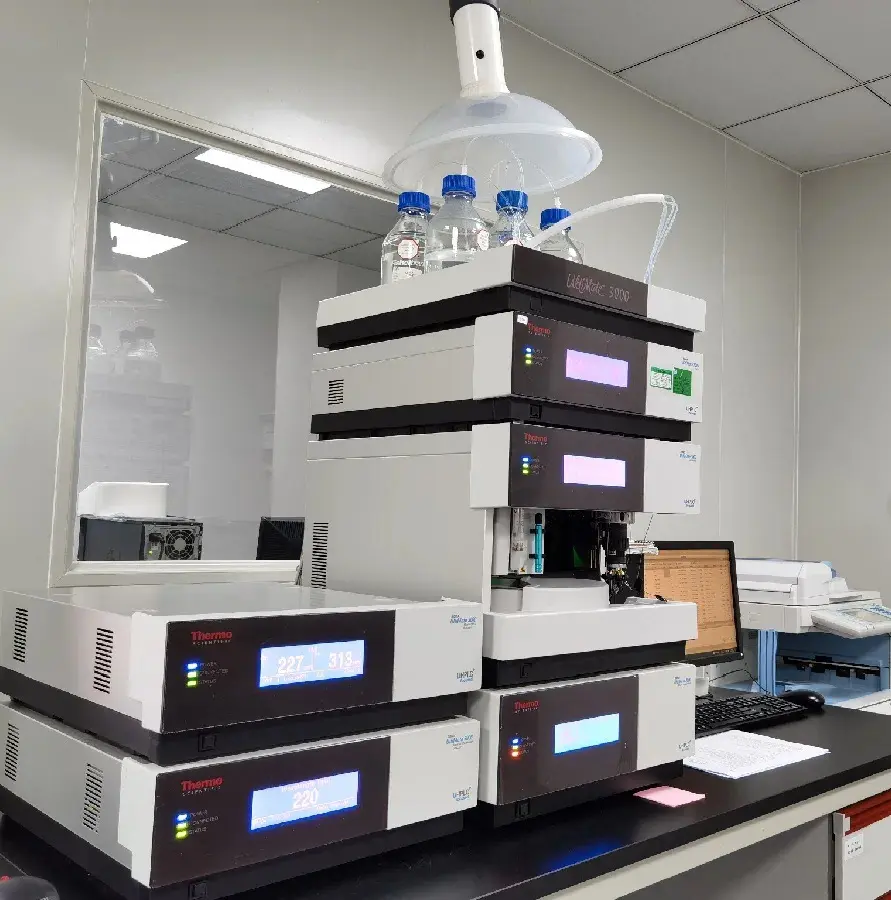 Packaging Validation ISO 11607 Test Report
Packaging Validation ISO 11607 Test Report
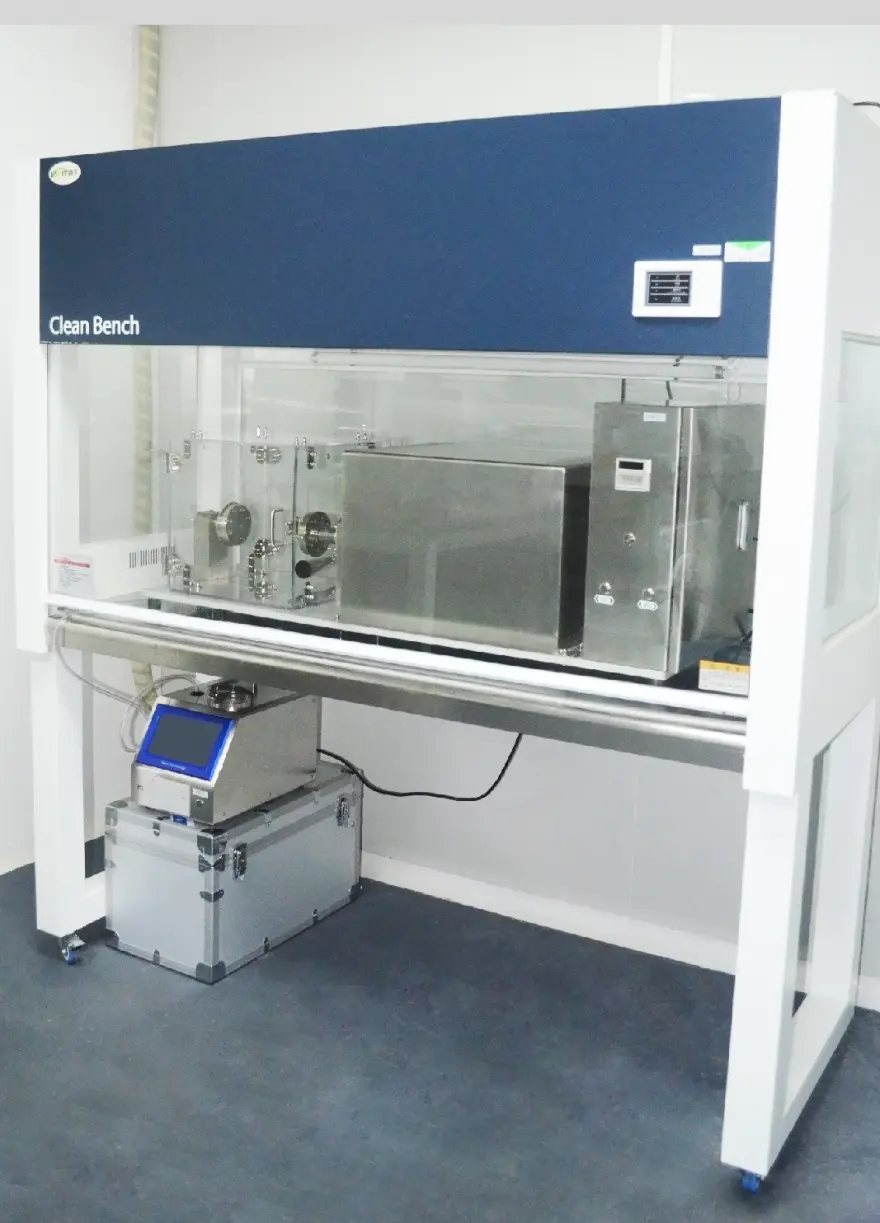 What is the ISO 11607-1 Packaging Validation Test?
What is the ISO 11607-1 Packaging Validation Test?
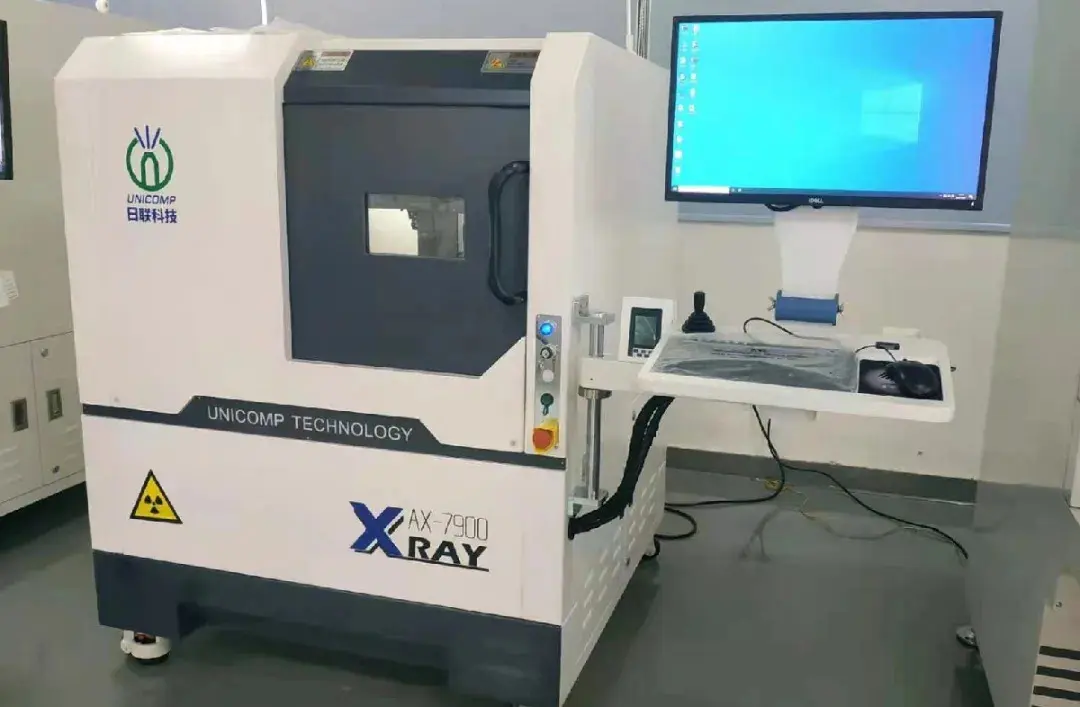 How to get an ISO 11737-1 Test Report?
How to get an ISO 11737-1 Test Report?
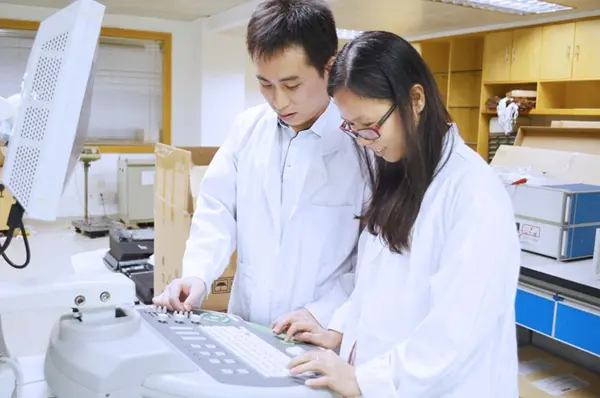 Orthopedic Implant Cleanliness Testing
Orthopedic Implant Cleanliness Testing
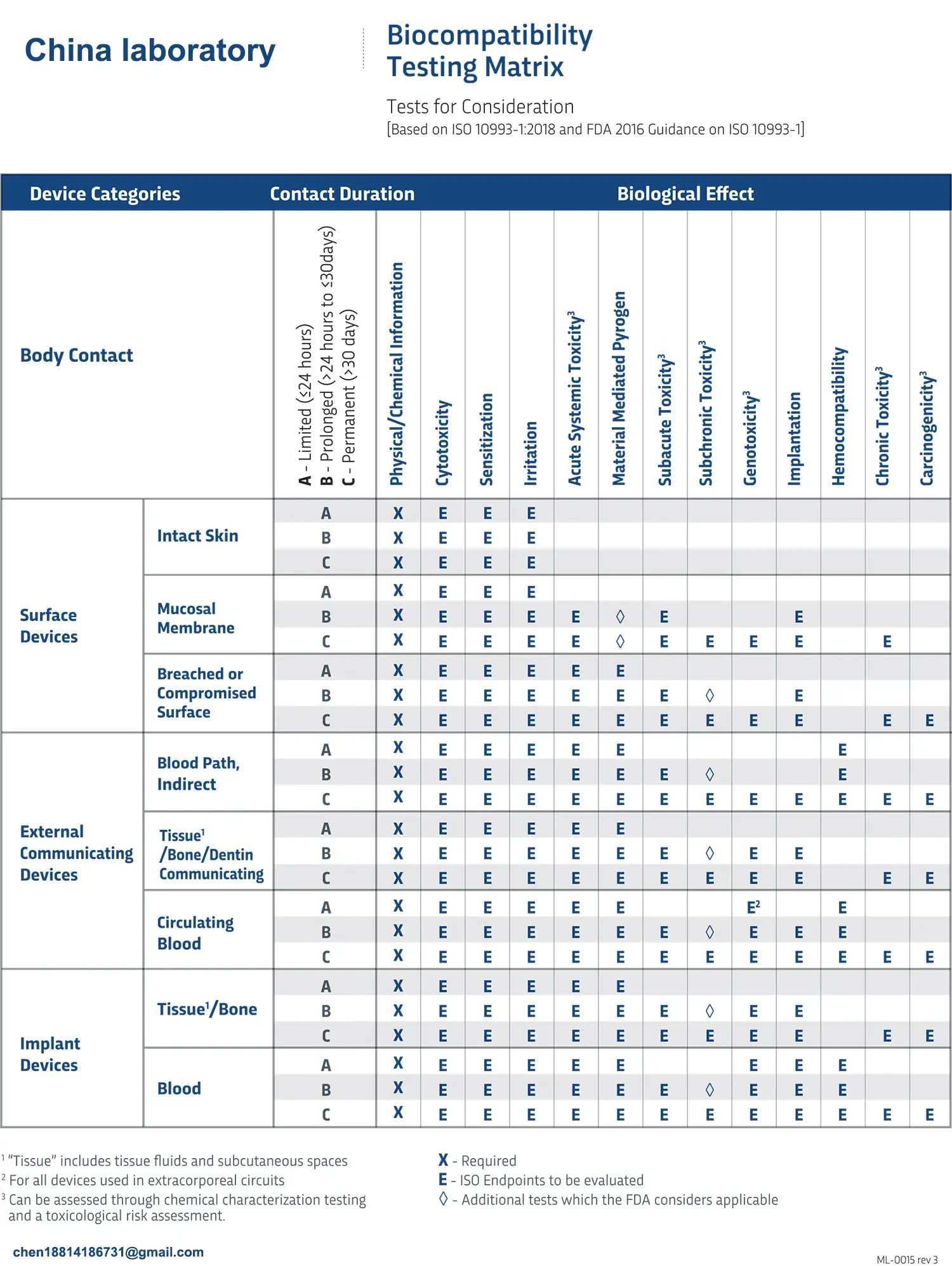 What is ISO 10993-23:2021 Irritation Testing?
What is ISO 10993-23:2021 Irritation Testing?
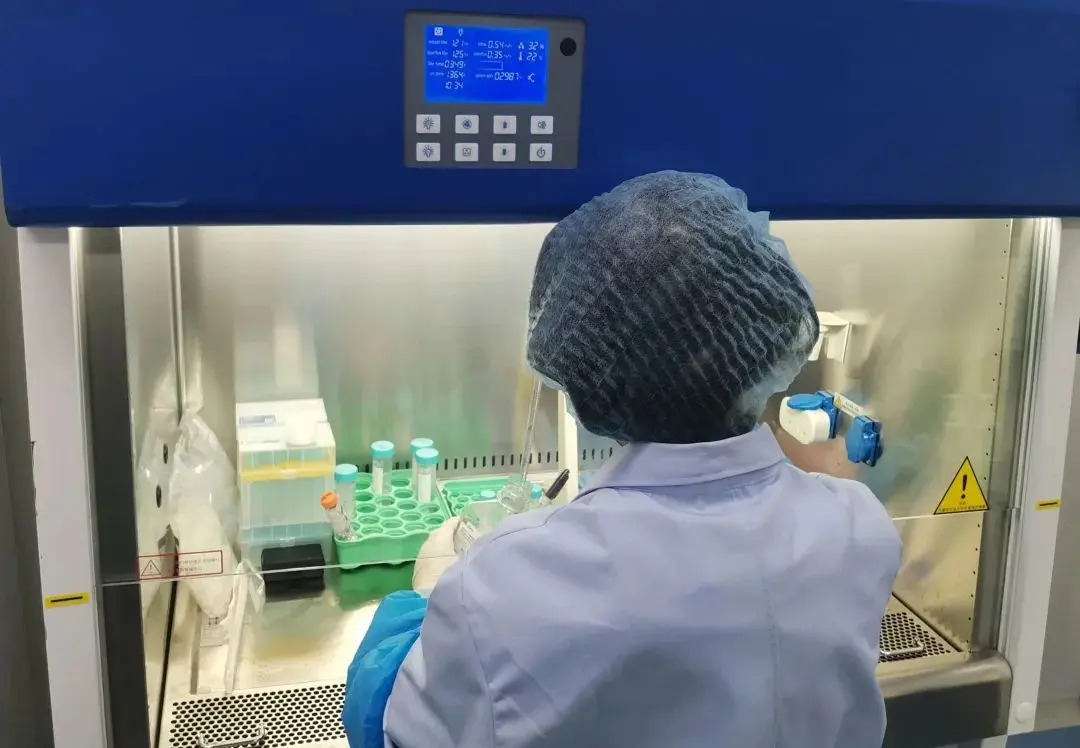 ISO 10993-23 Irritation Testing Laboratory
ISO 10993-23 Irritation Testing Laboratory
 EMI Emissions Testing
EMI Emissions Testing
 EMC Standards for Medical Devices
EMC Standards for Medical Devices
Leave us a message
24-hour online customer service at any time to respond, so that you worry!




